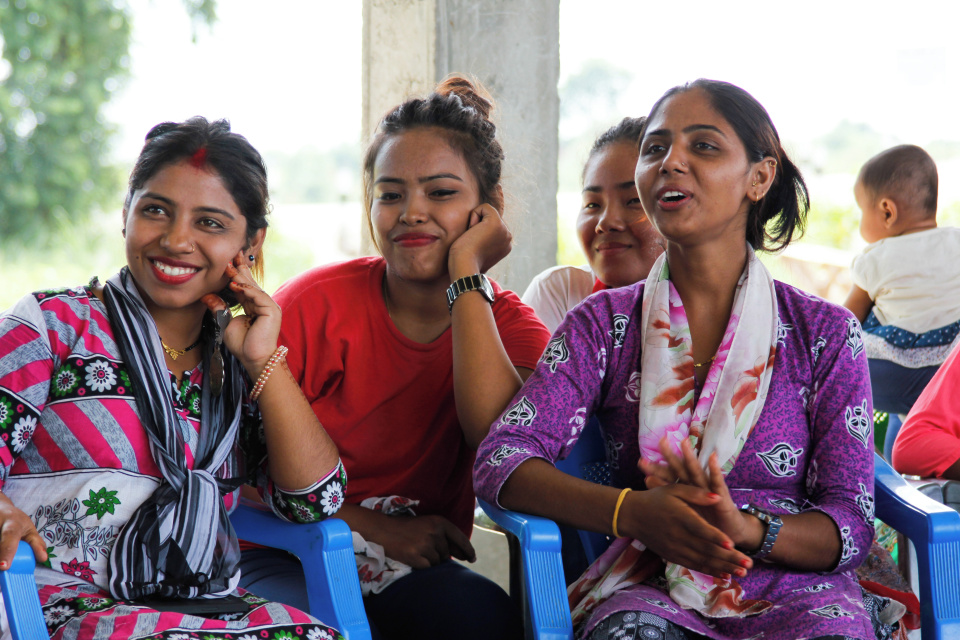Women’s rights organisations play a critical role in the ecosystem to end GBV. They are uniquely placed to centre the voices, need and rights of women and girls, demand accountability from perpetrators and the state, and initiate sustainable gender-transformation within the communities in which they work. Being rooted in communities, they are well placed to determine the adaptations needed to contextualise prevention efforts and support community ownership.
For most smaller WROs to effectively work at scale they need to be able to work collectively. This requires resourcing the field-builders, WROs and activists as well as protecting the civic space that their action occurs within.
Movement building is a key component of effective prevention of GBV and women’s rights organisations are well placed to establish diverse collectives, including with other justice movements. Governments need to provide space for civic activity and feminist activism. Engaging governments from the outset where this is feasible, and working together through insider/outsider collaboration, can help to drive transformative change.
Working across sectors
Throughout the discussions, there was acknowledgement of the need to mainstream commitment and action to eliminate GBV across sectors. This requires generating evidence of “co-benefits”, distilling core principles or ‘how to’ for each sector, as well as fostering champions and accountability.
Phase II of the UK’s What Works to Prevent Violence programme is testing the mainstreaming of GBV prevention components in education, health, humanitarian and climate sectors to deepen the evidence base on effective approaches and co-benefits.
The Multilateral Development Banks are already working at scale with government sectors and workforces in areas such as transport, health, education and climate change mitigation. The Asian Development Bank shared their work to address SEAH within infrastructure projects as an entry point to changing wider norms
-
Leveraging health systems to prevent and respond to GBV
There are multiple touchpoints through a woman’s lifecycle (e.g. antenatal, immunisation of children) when she is likely to come into contact with the health sector. Health systems can be a first port of call for women and girl survivors of violence. Successful integration of GBV prevention will rely on low-cost adaptations to these touchpoints.
Survivor-centred health sector responses to violence based on building a culture of empathy, compassion and dignity can lead to a reduction in the level of harm, reduce continued exposure to violence, and help to disrupt intergenerational cycles of violence. Integrating GBV prevention into health systems, including through community health workers, will help to reduce reliance on ad-hoc funding and short-term projects, instead promoting vertical scale for long-term resilience and national buy-in.
Suggested opportunities for GBV integration into the health sector included:
- Promoting skills in positive and gender-responsive parenting.
- Digital platforms for adolescents to raise awareness around consent, referrals etc.
- Articulating GBV as a health crisis to accelerate efforts and improve commitment.
- Integrating violence prevention activities into men’s health services.
- Identifying champions within health systems to advocate for GBV inclusion.
